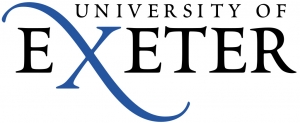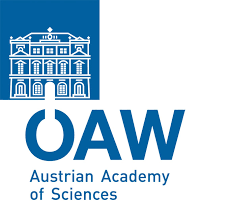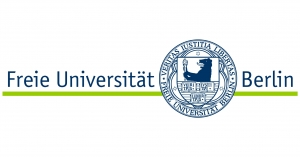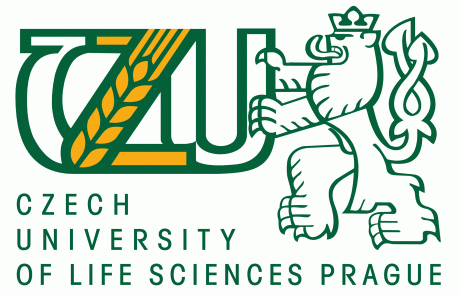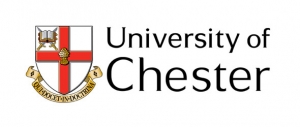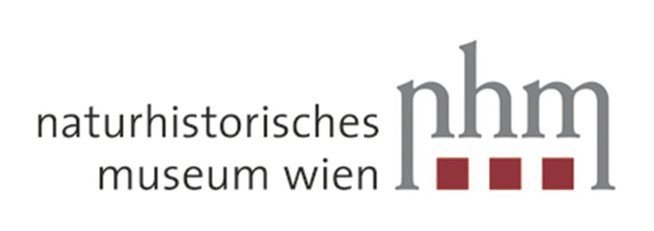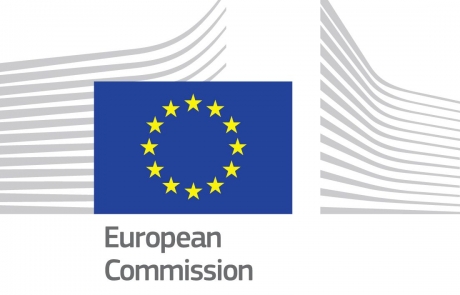DEEPDEAD is a collaboration involving literary scholars and archaeologists in the UK, Austria, Germany, and Czech Republic. The institutions involved are: The University of Exeter, Freie Universität Berlin, Germany; Czech University of Life Sciences, the Austrian Academy of Sciences, and the University of Chester.
The Project will run for three years (2016-2019), funded under Humanities in the European Research Area (HERA) Joint Research Programme III: The Uses of the Past.
This project has received funding from the European Union’s Horizon 2020 research and innovation programme under grant agreement No 649307.

Harnessing the disciplines of literature and archaeology, the project aims to examine historic and prehistoric encounters with human remains and artefacts to shed light on their cultural and social power.
Concept and Objectives
Long-dead bodies are pervasive and increasingly active participants in contemporary European society. Through both literal and metaphorical interactions with the remains of the dead, societies and individuals testify to their identity in the present and their aspirations for the future. Why and how do the dead and the artefacts associated with them become flashpoints of controversy, interest, and identity for the living? Harnessing the disciplines of literary studies and archaeology, this project will examine historic and prehistoric encounters with human remains and related artefacts in England and Central Europe in order to shed light on their cultural and social power.
Through a series of case studies juxtaposing distinct eras, cultures, and types of evidence, the project will reveal what is constant and what is locally and historically specific in our ways of interacting with the long-dead. Our research will explore the relationship between long-dead bodies and myths of national or community origin, and the ways in which they have been and are used to reinforce or challenge historical narratives. Identifying the meanings and mechanisms of past interactions with the dead and their artefacts in order to inform our understanding of present-day discoveries and dilemmas is the central goal of the DEEPDEAD project.
Research Questions
The DEEPDEAD project will examine historic and prehistoric encounters with human remains and related artefacts in order to shed light on their role in contemporary society
Interactions
• How have interactions with dead bodies and related artefacts been used in different time periods and cultures to underwrite, rewrite, or overturn narratives of national or community origin?Dead Bodies & Artefacts
- How do shifts in foundation myths, e.g. between the Middle Ages and early modernity, initiate shifts in the treatment of the long-dead?
- Does the privileging of linear chronologies in modern intellectual traditions distort historical relationships between the living and the dead?
- How do relics (understood both in the specific religious sense and more broadly) function as both artefact and person?
Materiality
How and why do material remains come to embody the past in the present, collapsing essential distinctions in temporality?Death & Material Culture
- What similarities and what differences can be seen in ways of dealing with human bodies and non-human artefacts in relation to historical myths and narratives?
- To what extent and under which circumstances do human bodies become a form of material culture?
- How do bodies become sacred artefacts and how do other objects become sacred through their connection with bodily relics?
Research Areas
Who Are We
An innovative project bringing together:
- An interdisciplinary team, bringing archaeologists and literary historians into dialogue around a question of pressing importance to both disciplines
- A diachronic approach, examining cases from prehistory to the present with a focus on periods of transition
- A multi-regional focus on Britain and Central Europe, permitting us to capture both commonalities and local differences in historical encounters with the dead and their belongings
Participating Countries
The UK team is composed by Professor Philip Schwyzer (PI), Dr Naomi Howell from the English Department at the University of Exeter; Vivienne Bates Research Administrator; Miss Erica Askew-Jones who is the PhD student of the project based also at Exeter; and Dr. Patricia Murrieta-Flores from the Digital Humanities Research Centre at the University of Lancaster.
The German team is composed by Professor Andrew James Johnston (PI), Jan-Peer Hartmann.
The Czech team is composed by Dr. Ladislav Šmejda (PI) and Dr. Jan Hórak from the Czech University of Life Sciences.
The Austrian team is composed by Dr. Estella Weiss-Krejci (PI) and Dr. Sebastian Becker from the Austrian Academy of Sciences.
Our associated partners are Professor Dr. Harald Meller, Director of the State Office for Heritage Management and Archaeology Saxony-Anhalt with State Museum of Prehistory in Halle (Saale), Germany and Dr. Miriam Muth from the Freie Universität Berlin. Professor Dr. Maria Teschler-Nicola, Director of the Department of Anthropology of the Museum of Natural History of Vienna. Kirsten Mandl and Saskya Tschebann are conducting research as part of the Austrian team.
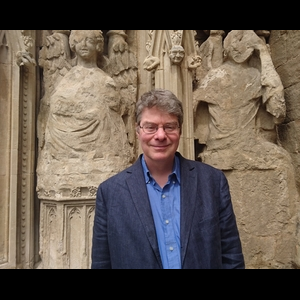
Philip Schwyzer
Prof. Philip Schwyzer is the leader of this project and he is a specialist in early modern English literature at the University of Exeter, with interests including William Shakespeare, Edmund Spenser, and the literature of personal and cultural memory. Much of his research happens on borders and boundaries, including those between the Middle Ages and the early modern period, between literature and archaeology, and between England and Wales. His books include Shakespeare and the Remains of Richard III (2013), Archaeologies of English Renaissance Literature (2007), and Literature, Nationalism, and Memory in Early Modern England and Wales (2004).
He is Principal Investigator on two major research projects: Deploying the Dead (DEEPDEAD), funded by HERA, and the Past in its Place Project, funded by the ERC. He is editing Michael Drayton’s great topographical and historical poem, Poly-Olbion, with Professor Andrew McRae, and is Co-Investigator on the AHRC-funded Poly-Olbion Project
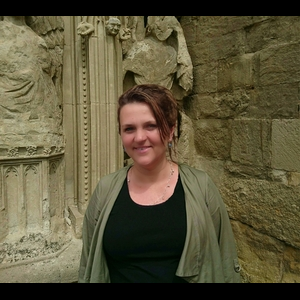
Naomi Howell
Dr. Naomi Howell is Lecturer in Medieval Studies in the Department of English, University of Exeter. Her research explores the relationship between place, memory, and identity in the literature and culture of the Middle Ages, particularly in the Anglo-Norman milieu.
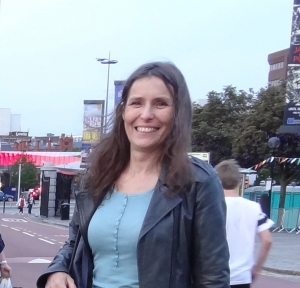
Estella Weiss-Krejci
Dr. Estella Weiss-Krejci holds a PhD in cultural anthropology from the University of Vienna, Austria. She currently works at the Institute for Oriental and European Archaeology of the Austrian Academy of Sciences and lectures at the Department of Social and Cultural Anthropology of the University of Vienna. Her research interests are mortuary behaviour and political dead-body use in medieval and post-medieval Europe, Neolithic and Copper Age Iberia and among the ancient Maya.
She regularly conducts archaeological field work in Belize where she investigates ancient Maya water storage features. She is also interested in travel literature about Latin America from the eighteenth and nineteenth centuries.
She has been a recipient of grants awarded by the Austrian Science Fund FWF, the Portuguese Science and Technology Fund FCTand the Fulbright Commission. Her research results have been published in peer reviewed international journals and edited books.
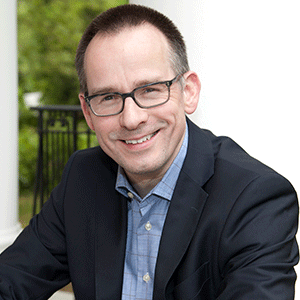
Andrew James Johnston
Prof. Andrew James Johnston has worked on archaeological remains and artefacts in Old and Middle English literature as a means of poetically conceptualizing alternative notions of history. This has resulted in a number of articles and international workshops.
He has long been working on issues of medievalism, periodization, and conceptions of the past. In his 2008 monograph, Performing the Middle Ages from ‘Beowulf’ to ‘Othello’, Johnston has demonstrated the extent to which medieval and early modern texts consciously engage with questions of periodization and genre, thus positioning themselves within a temporal spectrum while at the same time questioning and criticizing the very notion of literary and/or cultural periods.
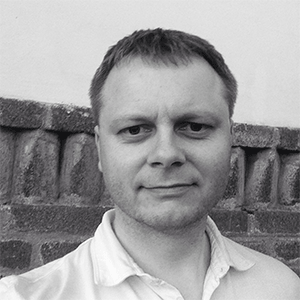
Ladislav Šmejda
Dr. Ladislav Šmejda research activities centre around prehistoric archaeology with focus on the Bronze Age. He is interested in patterns of human behaviour, social change and past communication networks. He has focused on exploring these issues in context with the structuring of settlements and the archaeology of death and burial. In an overarching perspective, he is interested in comparative studies of past societies.
He has been involved in archaeological surveying (aerial archaeology, photogrammetry, mapping, total station survey etc.), excavation, syntheses of field research data, and specialist application of mathematical and GIS methods. In the recent years of his research he has increasingly focused on exploring the potential of various social sciences for the understanding and explanation of social development and cultural change.
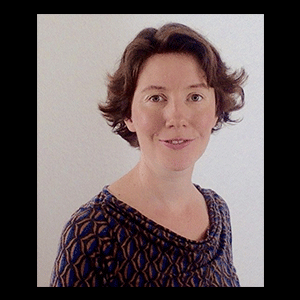
Miriam Edlich-Muth
Prof. Dr. Miriam Edlich-Muth completed her PhD at the University of Cambridge in 2012 and has published on Old English poetry and late medieval European romance. Her 2014 monograph ‘Malory and his European Contemporaries: Adapting Late Medieval Arthurian Collections’ offers a comparative study of the adaptive strategies shaping the narratological structure of five late medieval romance cycles from across Europe.
Her most recent project addresses material text issues, by examining how the ordering and presentation of medieval compilation manuscripts influenced the reception of shorter romance texts in different reading communities. In this context, she has also engaged with digital techniques for generating network graphs in order to map the dissemination of the popular romance Floire et Blanchefleur across Europe.
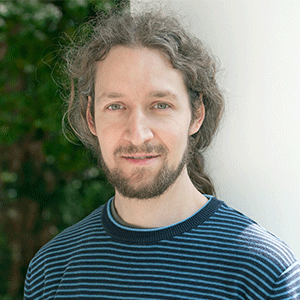
Jan-Peer Hartmann
Jan-Peer Hartmann received his M.A. in English Philology and Scandinavian Studies at the Freie Universität Berlin and the Humboldt-Universität zu Berlin. He is currently completing a Ph.D. about archaeological remains in Anglo-Saxon literature and works as a research fellow at the DFG-funded Collaborative Research Centre 980 ‘Episteme in Motion’, Project B01 ‘Artefacts, Treasures and Ruins – Materiality and Historicity in the Literature of the English Middle Ages’.
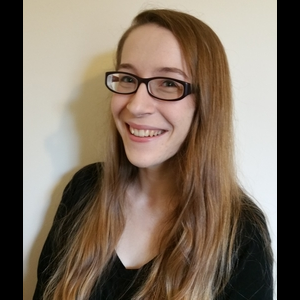
Erica Askew-Jones
Erica Askew-Jones is pursuing a PhD project on the uses of the dead in early modern England, supervised by Philip Schwyzer and Naomi Howell at the University of Exeter.
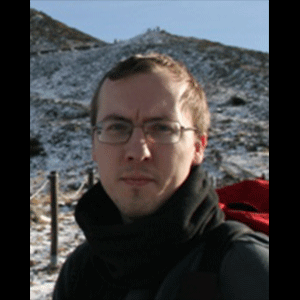
Jan Horak
Dr. Jan Horak is an archaeologist interested in human-environment relationships: medieval settlement, historic mining, impact, contamination, GIS, Multivariate statistics. He studied Archaeology and Physical Geography (both at Charles University in Prague), and completed his doctoral studies in Archaeology (Charles University in Prague) and Ecology (Czech University of Life Sciences). He teaches Environmental Archaeology at Charles University in Prague.
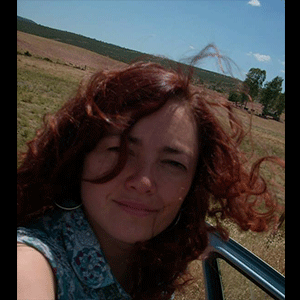
Patricia Murrieta-Flores
Dr. Patricia Murrieta-Flores is the Co-Director of the Digital Humanities Hub at Lancaster University. My interest lies in the application of technologies for Humanities and my primary research area is the Spatial Humanities. My main focus is the investigation of different aspects of space, place and time using a range of technologies including GIS, NLP, Machine Learning and Corpus Linguistics approaches. I am PI on the Transatlantic Platform (T-AP) funded project ‘Digging into Early Colonial Mexico: A large-scale computational analysis of 16th century historical sources’, and also collaborator and Co-I in multiple projects funded by the ERC, ESRC, AHRC, HERA, and the Paul Mellon Centre among others. I have edited and contributed to multiple books on Digital Humanities, Cultural Heritage, the use of GIS and other technologies in Archaeology, History, and Literature, and I’ve published multiple articles exploring theories and methodologies related to space and place.

Sebastian Becker
Dr. Sebastian Becker was awarded a first class PhD in archaeology at the University of Cambridge. His research interests are quite varied, but broadly fall into two main categories. As part of DEEPDEAD, he is particularly concerned with the postfunerary treatment of human remains, from the use of individual bones as relics/heirlooms, to the reopening and robbing of prehistoric graves. At the same time, he is interested in the role of visual media in later prehistoric Europe, roughly between the 13th and 5th centuries BC – a theme that has intrigued him ever since his PhD.
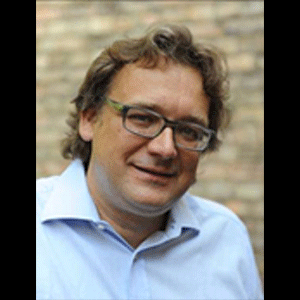
Harald Meller
Prof. Dr. Harald Meller is head of the State Office for Heritage Management and Archaeology Saxony-Anhalt and director of the State Museum for Prehistory Halle. He was appointed to this position in 2001. Since 2009 he was named honorary professor at the Institute of Art History and Archaeology of Europe, Martin Luther University Halle-Wittenberg.
Prof. Meller’s research interests in general are prehistory, especially of the Bronze and Iron Age, science communication, bioarchaeology and rock art.
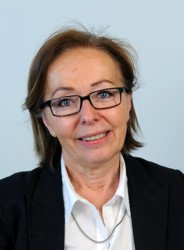
Maria Teschler-Nicola
Professor Dr. Maria Teschler-Nicola is an Austrian human biologist and anthropologist. From 1982 she was head curator of the somatological collections of the Department of Anthropology in the Museum of Natural History, Vienna. From 1998 to 2015 she was director of the same department. She also is associate professor and lecturer at the Department of Anthropology of the University of Vienna.
A large part of Maria Teschler-Nicola’s work concerns prehistoric population biology, paleopathology and -epidemology, paleoanthropology, archaeometry and the history of anthropology, especially anthropological collections made in the early twentieth century by Rudolf Pöch. She has conducted several large research project and has published books and more than hundred scientific papers. She is currently directing research regarding the human remains from the Palaeolithic site Krems/Wachtberg, the Neolithic site of Asparn/Schletz, and the Latène period site of Roseldorf (all in Lower Austria).
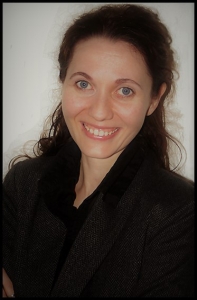
Kirsten Mandl
Kirsten Mandl holds a Master degree in Life Sciences from the Department of Anthropology, University of Vienna and is currently conducting anthropological research as part of the Austrian team. Kirsten works at the Department of Anthropology, Faculty of Life Sciences, University of Vienna.”
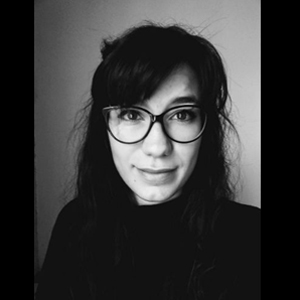
Saskya Tschebann
Saskya Tschebann is a master student at the Department of Social and Cultural Anthropology, Faculty of Social Sciences, University of Vienna. In her master’s thesis she investigates the natural burial movement using the example of the cimetière naturel de Souché, Niort, France.”
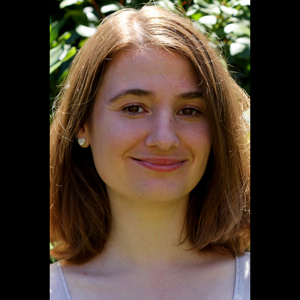
Sarah Briest
Sarah Briest completed her Ph.D. at Ruhr-Universität Bochum in 2016 with a study of the ritual functions and emblematic qualities of the early modern Lord Mayor’s Show. Her research interests include early modern visual culture, civic pageantry, allegory and personification metaphors. She is currently investigating depictions of suffering, death, and burial in British 17th -century plague pamphlets.
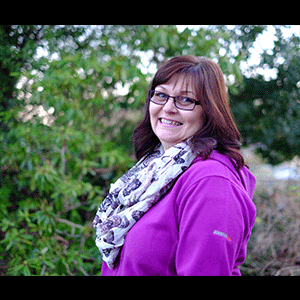
Vivienne Bates
Vivienne is the administrator of the project. She manages organizational matters with all the project partners, employed staff and associated staff and students; arrange the management committee meetings and acquire the necessary information for them; set up project meetings and the final conference (including making arrangements for travel, accommodation etc.); and keep track of project spending in all four institutions for reports to the management committee, by means of ongoing liaison with the relevant finance officers in Austria, the Czech Republic, and Germany.


